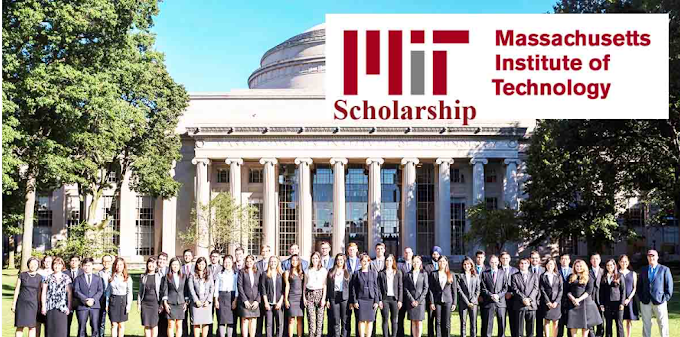Introduction:
Agriculture is seeing a radical transformation in the twenty-first century as a result of technological advancements that are changing every facet of the sector. New agricultural technologies, such as smart sensors and precision farming, are essential to modern agriculture's increase in production, sustainability, and efficiency. This blog article examines some of the cutting-edge innovations that are transforming farming and guaranteeing a more robust and sustainable future for the industry.
Precision Agriculture:
Definition: Precision agriculture involves the use of advanced technologies such as GPS, sensors, and data analytics to optimize field-level management with regard to crop farming.
Benefits: Precision agriculture enables farmers to tailor inputs, such as water, fertilizers, and pesticides, based on specific conditions within a field, leading to improved resource efficiency and higher crop yields.
Drones and UAVs (Unmanned Aerial Vehicles):
Definition: Drones equipped with imaging and mapping technology are utilized in agriculture for tasks such as crop monitoring, field mapping, and pest control.
Benefits: Drones provide farmers with real-time aerial views of their fields, helping to identify issues such as crop diseases, irrigation problems, and pest infestations. This data-driven approach enhances decision-making and reduces the need for manual inspections.
IoT (Internet of Things) in Agriculture:
Definition: The integration of IoT devices, such as smart sensors and connected machinery, allows farmers to monitor and control various aspects of their operations through the internet.
Benefits: IoT technology enhances data collection and analysis, enabling farmers to make informed decisions about irrigation, crop health, and resource management. This connectivity also facilitates remote monitoring, reducing the need for physical presence in the field.
Vertical Farming:
Definition: Vertical farming involves cultivating crops in stacked layers or vertically inclined surfaces, often in controlled environments like warehouses or skyscrapers.
Benefits: Vertical farming maximizes space utilization, reduces water usage, and allows for year-round crop production. The controlled environment minimizes the impact of external factors, leading to consistent and predictable yields.
Robotics and Automation:
Definition: Robotics and automation technologies are employed in agriculture for tasks such as planting, harvesting, and weeding, reducing the reliance on manual labor.
Benefits: Robotic systems increase operational efficiency, reduce labor costs, and enhance precision in various tasks. Automated machinery can work around the clock, optimizing productivity and minimizing the environmental impact.
Biotechnology and Genetically Modified Organisms (GMOs):
Definition: Biotechnology in agriculture involves the use of genetic engineering to enhance crop traits, such as resistance to pests, diseases, or environmental stress.
Benefits: GMOs can lead to increased crop yields, improved nutritional content, and enhanced resistance to environmental challenges, contributing to food security and sustainability.
Blockchain for Supply Chain Transparency:
Definition: Blockchain technology is utilized to create transparent and traceable supply chains in agriculture, ensuring the authenticity and integrity of products.
Benefits: Blockchain enhances trust and transparency in the food supply chain by providing a secure and immutable record of every transaction. This technology is particularly valuable in verifying the origin and quality of agricultural products.
Conclusion:
Cutting-edge agricultural technology is changing the face of modern agriculture by providing answers to problems with food security, environmental sustainability, and resource management. Adopting these technology helps to create a more resilient and sustainable agriculture sector while also increasing productivity and efficiency. Agriculture promises to be dynamic, adaptive, and able to fulfill the needs of an expanding global population in the future as farmers, academics, and digital developers work together to harness the potential of innovation.






